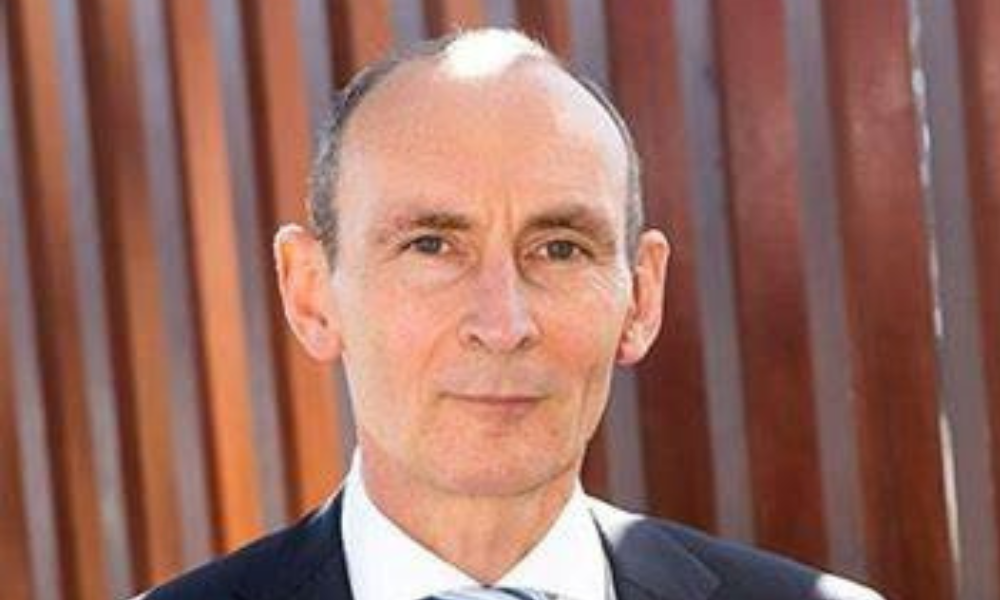Halifax reveals house price growth led by urban areas

Property prices in cities have risen by 9.2% since the start of 2022, according to data collected by Halifax, supporting claims that homeowners are moving back to the city after a pandemic trend of moving to the country.
Some homeowners appeared to be regretting their rural property purchases, suggested Nigel Green, chief executive and founder of deVere Group,
“Many say they are doing so after being separated from friends, family and colleagues, and also because living in the city is often more convenient, especially in terms of commutes and getting to schools and colleges,” said Green (pictured).
He noted there were also more leisure, social and hospitality options, such as pubs, restaurants, theatres and sporting venues in city locations.
“As working from home becomes less and less common, the reality of a five-day-a-week commute is biting, it would appear,” he added.
Read more: House prices increase in England and Wales, at a slower rate
According to Green, city living was back and he believed this would be seen through a drive in prices across the market into next year.
However, he explained that the UK mortgage market continued to navigate choppy waters, with lenders pulling agreed-upon deals and scrapping mortgage products.
Iwona Hovenko, real estate analyst at Bloomberg Intelligence, said London had been overwhelmed with demand from tenants, after the capital was initially deserted during COVID-19 lockdowns.
“It is still early days to judge any shift in attitudes in the sales market, given that buyers who have just bought a home may not be willing to pay another hefty stamp duty bill,” she said. “The change is clear in the more-agile rental market.”
Among the key reasons for the appeal of city living, Hovenko pointed toward the growing pressure from employers for their employees to be present in the office more days a week.
“The rising risk of a recession, with the possibility of job losses, may also motivate employees worried about their jobs to return to the office more often,” she added.
With increased frequency of office-based work, the long commutes could prove both tiring and expensive for those who had moved further out, which Hovenko believed might encourage some to reassess their choices.
“No less important may be the realisation among them, that the attraction of the countryside may have seemed far greater during lockdowns, with the convenience of urban living and having amenities close by becoming more important again,” she said.
Meanwhile, Jeff Knight, director of Grey Matter Marketing Solutions explained that he had seen significant house price growth across the board in the 12 months to September 2022.
“With a flick of an eye, things changed with mortgage rates rising quickly which will no doubt reverse the gains made, taking us back to a more normal reality,” he said.
As we all know, Knight explained, there are always ways to cut statistics to tell the story you want, but he noted that government data showed UK property prices grew everywhere.
He noted that there was house price growth in Leeds, London and Birmingham and said that cities had reclaimed their attraction, particularly amongst the younger generations.
Read more: Keystone Property Finance slashes rates on entire variable rate range
“There will be many, for example, making up for lost social time during the lockdowns and reminding themselves that cities are a good place to live and work,” he added.
As to whether this would directly transpire to a rise in house prices, Knight explained that it would be difficult as the demand would primarily be driven by younger buyers who may need to rely on support from ‘the bank of mum and dad’.
This desire to live in cities would be good for landlords, which could contribute to an increase in demand for these properties.
“The data for property prices is going to be crucial now, granular data analysis is now needed,” Knight said.



